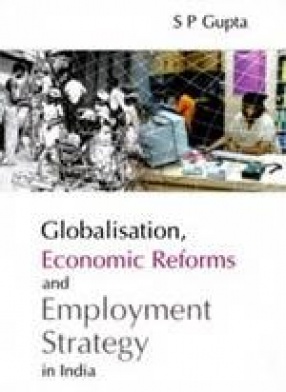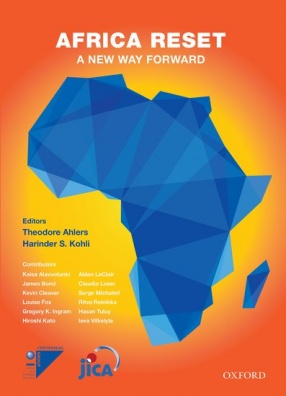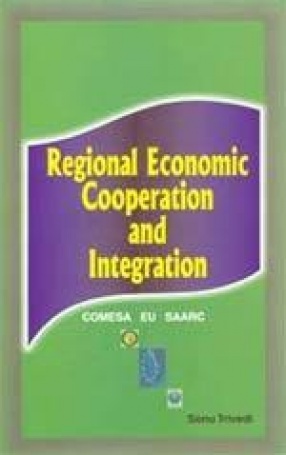In the words of the author who was the chairman of the special group that prepared the much discussed report on ‘targeting 10 million employment opportunities per year’, prepared by the Planning Commission, Govt. of India (May 2002) "this book attempts to monitor the implementation of this report’s employment approach in the field and accordingly assess the effectiveness of this recommended approach and its limitations." Incidentally, readers can find the Executive Summary of the report appended in the book. The author notes "since the release of the 2002 report, there have been vast and rapid changes in the world scenario and, as a result, changes in the socio-economic fabric of India. It is increasingly realised that in isolation, in this growing and integrated world, it would not be possible to formulate or develop any effective employment strategy. Indeed, all these new scenarios demand radical changes in the mindsets of policymakers and other development agents and accordingly the priorities and sequencing including the policy on employment generation. "It has also been found that the present technological trend originating in many developed countries, appropriate to their ‘factor endowment’ with an abundance of capital and a scarcity of labour, are proving a misfit in most less developed economies. In this attempt, most of the labour surplus economies are facing a near jobless growth, primarily by using the imported technologies especially in all their ‘globally integrated’ production units. The book argues that a high GDP growth achieved in India and some other countries along with a large leftover of their labour force from the mainstream of development activity cannot be sustained politically, even by providing jobs with the help of government subsidized programmes. This approach is neither socio-politically sustainable nor provides a dignified human face to the labours. "Furthermore, the composition of the labour force in the developing world is fast changing, with increasing youths in the labour force, particularly in educated segments. Around 80 percent of those youths who are currently unemployed are well-educated, and that number is increasing fast. This new scenario is becoming politically unsustainable since the educated youths mostly come from the rising middle class, with its inherent political and social clout. "Job opportunities in the global market are lagging behind its expectations and potentials because of the growing, vested interests arising from political and commercial power games, communal and ethnic consideration and national interests. The growing resistance at local level is aggravated primarily by the high level of unemployment among nations providing work in the potential job market, especially in the developed countries. There is a strong view that the nation-state and its interest will continue to be the dominant unit of the global order, although economic globalisation and dispersion of technologies, especially information technology will place enormous new strains on the nation-state.: the book discusses all this and much more…
Energizing Inclusive Education
$63.90
$71.00








There are no reviews yet.